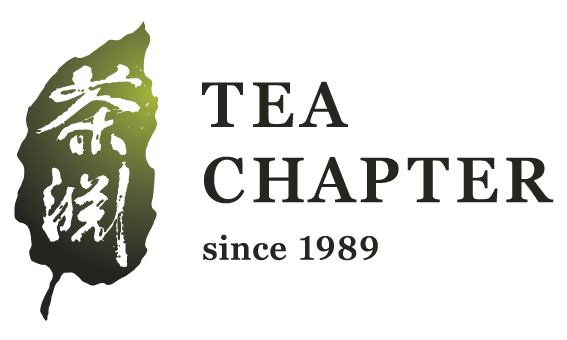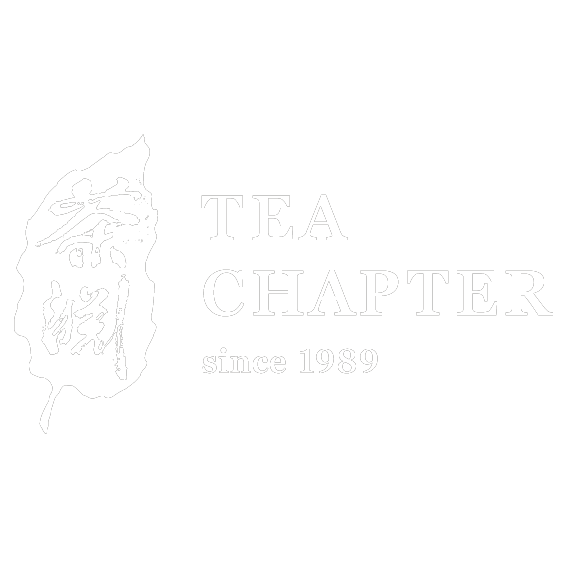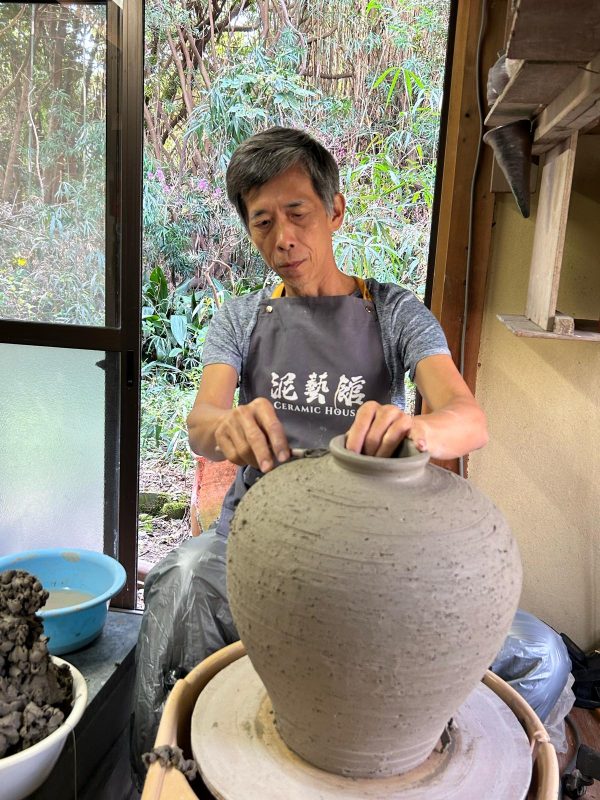Teaware
Local Singaporean Artist Spotlight: Lim Kim Hui
Lim Kim Hui (Singaporean Ceramic Artist)
Lim Kim Hui has been involved in the arts his entire life, working with ceramics and teaching for over forty years. From a young age, he loved painting, and during high school, he was the champion of the school art competition and served as an assistant in the art society. He was the only student in his school to achieve an A1 in art during his secondary exams.
During his two-year military service, he designed emblems for the armored vehicles he operated and would draw temporary tattoos with a marker in exchange for instant noodles, cigarettes, and toilet paper in the evenings when there was no military training; customers even had to take numbers and queue.
His first job in 1980 was as an apprentice in a newly established factory, Ming Village, that produced replicas of ancient Chinese ceramics. Although he lived in the east and the factory was in the west, requiring four hours of daily commuting, his passion for the job was evident. Initially hired to paint blue and white porcelain, the factory saw his youth and strength and assigned him to production, specifically making vase prototypes—a factory employing 300 workers.
In production, he also learned to create sculptures and worked with a master from Taiwan to learn mold-making and replicate these sculptures in fiberglass. After mastering plaster mold-making, he rotated through various departments—original molding, production molding, slip casting, and finally wheel throwing—all the while teaching ceramics to students who came to learn.
After ten years at Ming Village, where he learned techniques for replicating traditional Chinese blue and white porcelain available nowhere else in Singapore, he also met his wife, a painter of blue and white dragon and phoenix designs.
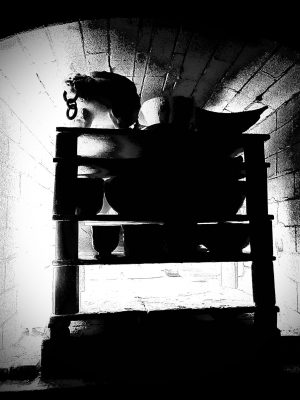
In 1990, desiring a space for creative freedom, he took over a pottery studio in the Tampines industrial area. Despite the challenges of covering living expenses and studio rent, he found freedom tough but fulfilling, handling all tasks from production to glazing and firing kilns.
His work was diverse, accepting any orders that could be made from ceramics, such as fishing rods, cameras, and cakes (for display only). Despite previously focusing on blue and white porcelain and overglaze colors at the factory, he sought to satisfy his passion by experimenting with various high-temperature glazes, starting with traditional ones like cinnabar red and celadon, and later exploring Japanese glazes like Shino, Oribe, and ash glaze. However, these glazes, referred to as “kiln transformations” due to unique effects achieved by wood-fired kilns under oxygen-restricted conditions, could not be replicated in modern electric kilns.
Environmental constraints have made wood-fired kilns rare, thankfully offset by modern inventions like electric and gas kilns. After establishing his studio, he bought a second-hand gas kiln and spent considerable time experimenting with high-temperature reduction glaze formulas, successfully testing thousands of formulas and documenting over two thousand firings.
Due to the limitations of using a single type of clay at Ming Village, he began formulating high-temperature clays, especially suitable for pairing with tenmoku glazes, and occasionally using local clays to make Jian ware.
From 1980 to the present, spanning over forty years, he has taught ceramics to thousands of students in his studio and ten primary and secondary schools, held personal ceramic exhibitions, led numerous student group exhibitions, and participated in international ceramics exhibitions in Shanghai, Japan, Belgium, and Taiwan. He was also invited to participate in the “2018 Dehua He Chaozong Cup Tea Set Industrial Design Competition” in China, where he won an award of excellence.
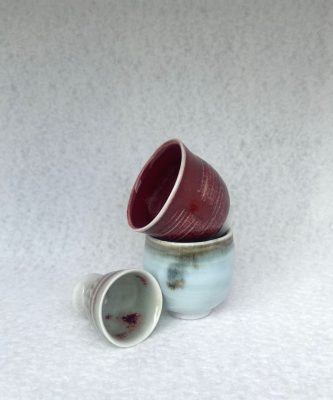
Lim Kim Hui,一生与美术为伍。陶瓷制作及教课超过四十年。
从小喜欢画画,中学时是学校美术比赛的冠军人物,也任美术学会的助教。中学会考美术更是全校唯一考获A1成绩的学生。
在两年的服兵役期间,为所驾的装甲战车设计标志,一到晚上若无军训就用一支魔术笔帮人画假纹身,酬劳是快熟面、香烟及卫生纸,顾客还得拿号码排队。
1980年踏入社会的第一份工就是到一间刚成立的制作仿中国历代古瓷的工厂(明园,Ming Village)当学徒。家住东部,工厂在西部,每天花在交通上两边来回就用了四个小时,可见对这份工作的热爱。
原本来这工厂是应做画青花瓷的彩绘员。但应该是厂方见我年轻、身强力壮,就被分配到生产部,也就是制作花瓶生坯。(拥有三百个员工规模的工厂)生产部也包括雕塑人像,我就跟着来自台湾的师傅学把泥塑人像翻模,翻制成玻璃纤维的成品。有了制作石膏模的技术之后再逐一去每个部门。製作原模、生产模、注浆,最后拉坯,同时也在教上门学陶的学生拉坯。在明园前后共十年,学了在新加坡也只有这里才学得到的仿中国青花古瓷的传统制作技艺,也在明园认识了青花龙凤彩绘员的妻子。
由于在明园只限制做仿古中国瓷,很想找一个能让自己自由创作的空间,于1990年,机缘巧合下顶下了淡滨尼工业区的一间泥艺工作室,开始有了自己构思的创作。理想是美好的,但事实是残酷的。除了生活费还有每个月的租金,当时想学陶艺的人不多,工作上以前若碰到困难,有同事大家商量解决,但自己的工作室一切大小事,制作、配釉、烧窑,才是真正的苦其心志,劳其筋骨。作业非常多样化,只要能用陶瓷做的订单我都接,钓鱼竿、相机、蛋糕,当然是只供摆设的纪念品。
在以前工作的工厂只专注于青花瓷及釉上彩,但这并不能满足我对陶艺的热爱。开始研究各种高温釉的配方,先从传统釉着手,如辰砂红、青瓷、影青、油滴天目、兔毫天目、及木叶天目等等。之后又对日本的传统釉也感兴趣,又研究了如志野、織部、灰釉。然而这些釉在今天普遍陶艺界所用的电窑是绝对烧不到的。因为古代的顶级釉色称为窑变,那是由于以前的窑火都是用木柴升温,在偶尔氧气不足的气氛下出现了与普通一般烧的成品不一样的釉色,又不知道什么原因,因此称之为窑变。
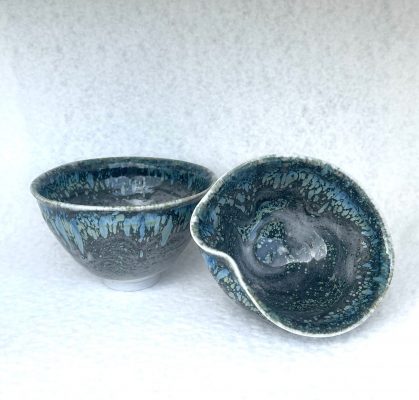
现在由于环境的问题,柴烧窑已不普遍,感恩现代发明了电器窑之外还有煤气窑。作者成立了自己的工作室之后千方百计买了一台二手的煤气窑,也由于当时生意不好,工作量少,刚好可以用些多余的时间矿硏究釉配方。几十年下来试驗成功高温还原配方整千个,还原烧窑火候过程记录两千多次。所用的瓷泥,由于以前在明园打工时,任何造型只用一种瓷泥,于创作方面有所局限,因此也开始调配高温陶土。而这高温陶土也最适合与天目釉搭配。偶尔也会採用一些本地泥,制作建盏。
从1980年至今四十多年,除了教工作室的学生拉坯做陶瓷,前后在十间中小学教导陶艺,总共学生有千人之多。办过个人陶艺展,带领学生多次举办师生团体展,也参加海内外陶艺展,有中国上海、日本、比利时、台湾、更受邀参加"中国德化何朝宗杯2018茶具工业設計大赛,入选优等奖。
